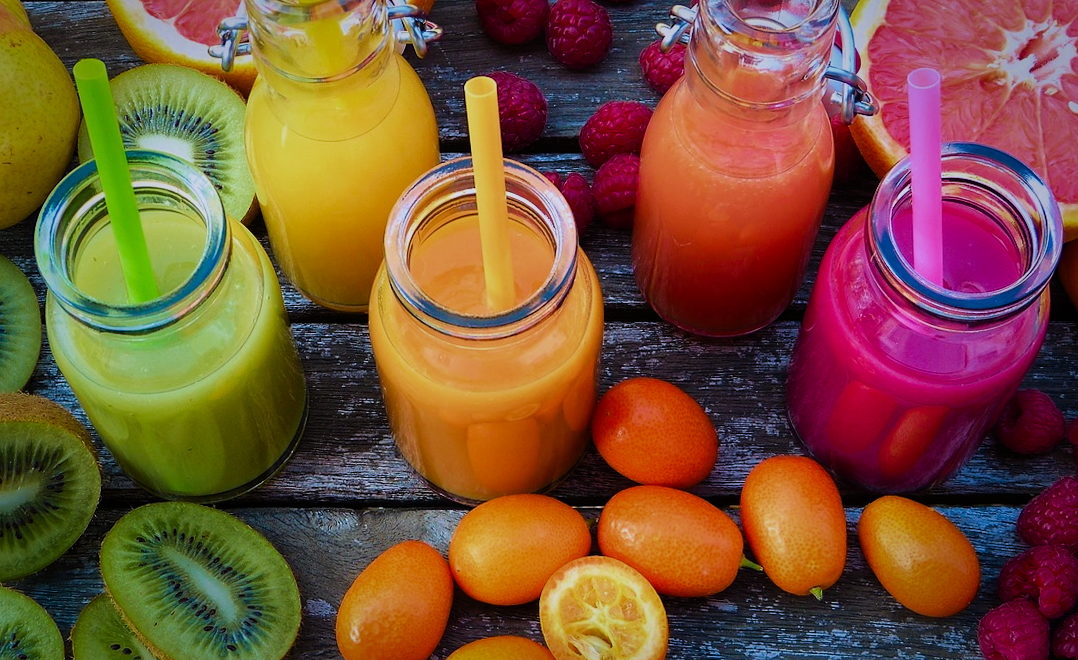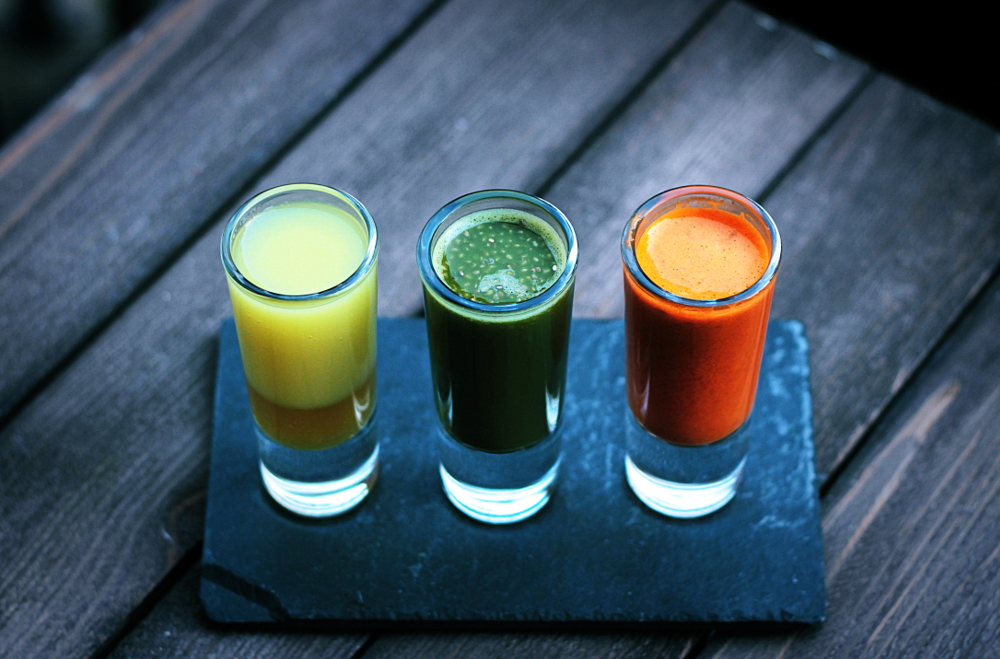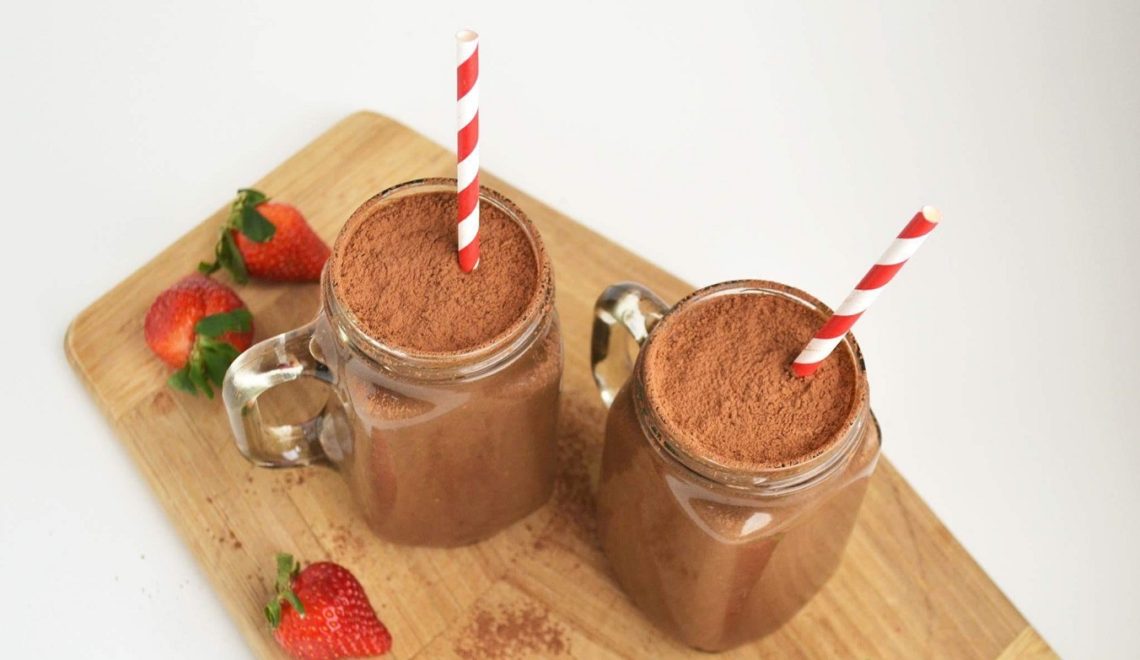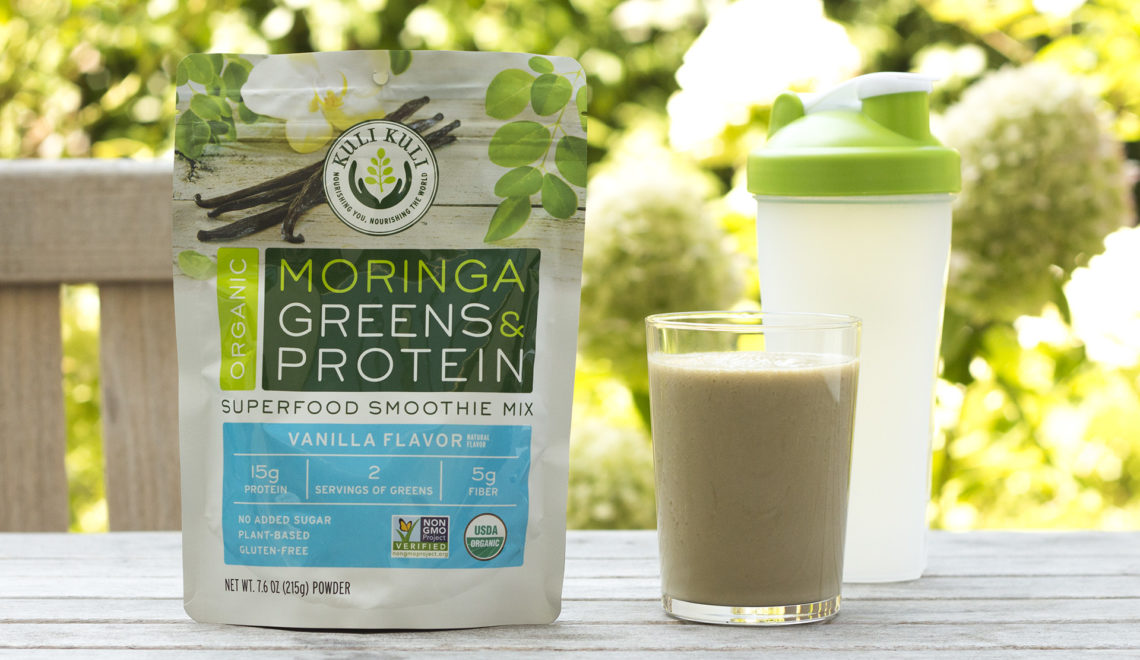
If you want an easy way to get more nutrients in your diet, drinking smoothies and juices is a fantastic choice. But there are a few differences between the two so keep on reading to find out which method will work the best with your health goals, taste, and lifestyle.
So, what’s the difference between juices and smoothies?
Simply put, juices are juiced, and smoothies are blended. So what’s the difference between juicing and blending?
Juicing
When juicing, nutrients and liquids are extracted from the fruits and veggies, while the pulp is separated. Juicing leaves you with just, well, the juice! Since the pulp is removed, you need to juice a lot more fruits and veggies than you would generally put in a smoothie. This makes juice more nutrient-dense than smoothies due to the higher amount of fruits and veggies needed.
Blending
When blending, all the elements of the fruits and veggies remain. The pulp is blended in with the juices and remains a part of the final product. The pulp of fruits and veggies is mostly fiber, which is great for your digestive system! The fibrous pulp remains in the smoothie, which keeps you feeling full and satisfied, as well as providing a slow release of the nutrients as your body works to digest the smoothie.
So the main difference really has to do with the pulp! The pulp is made up of the fiber from the fruits and vegetables. Fiber is an important element to our diets because it carries the nutrients through our digestive system, allowing for a slow and steady release of nutrients into our bloodstream. Fiber also keeps us feeling full and aids with regular bowel movements.
Another significant difference is the sugar and nutrient density of juice. When juicing, you have to juice more fruits and vegetables than you would generally eat in one serving to produce a small amount of juice. Depending on which fruits you are juicing, you can wind up with a juice that is very high in naturally-occurring sugars. Since the juice has no fiber to slow down the digestive process, the sugar in the juice hits your bloodstream much more quickly than eating a regular fruit would. This can cause spikes in blood sugar, which can lead to a “sugar crash” as well as the side effects of fatigue, headaches, and irritability.
To break things down even more, let’s look at the pros and cons of juicing and blending:
Juicing pros
- High nutrient density
- Quick and fun for those who struggle to get fruits and veg in their diet
Juicing cons
- Not getting the fiber, which is less filling, perhaps leaving you to become hungry sooner
- Not getting healthy fats to help with nutrient absorption
- Blood sugar spikes can occur if juicing fruits and veggies with lots of naturally occurring sugars
Smoothie pros
- Fiber and nutrients included, leaving you feeling full longer with regular bowel movements
- Healthy fats can be added (ie. banana, avocado) which aid in nutrient absorption
- Can be as filling and as nutritious as a meal (high caloric and nutrient intake)
Smoothie cons
- Can work against a weight-loss regimen if not used wisely
As far as we’re concerned, making juice and making smoothies are both super fun and great methods for giving your body the plant-based nutrients it craves! There is no right or wrong one to consume, and both have pros and cons worth taking note of.
So it all boils down to lifestyle, taste, and mindfulness. Use this knowledge wisely (and creatively!) to aid your ever-evolving healthy lifestyle. As you reflect on your health goals, keep in mind the pros and cons of both making juice and making smoothies, and incorporate BOTH into your meal plans.
Here are some tips on how to incorporate more juices and smoothies into your life:
- Replace a meal with a smoothie once a day, make sure it has protein, fiber, and nutrients!
- Instead of downing a whole glass of juice (which can lead to blood sugar spikes), make small juice shots to have with a meal that contains healthy fats and fiber to aid absorption of the nutrients in the juice shot.
Kuli Kuli Smoothie Recipes
Need some moringa inspiration? Check out these recipes below!
Açaí Smoothie Bowl with Moringa
Moringa Anti-inflammatory Smoothie
Tropical Green Moringa Smoothie
We’d love to hear from you
We hope this article was helpful and informative for you! Do you have any favorite juicing/smoothie recipes? Leave them in the comments below!
Also, if you try any of the smoothie recipes above, post a pic on Instagram and tag #kulikuli and #moringainspired. We can’t wait to see your delicious creations!
We’re also curious if any of our readers who have access to fresh moringa ever juice it! What do you juice moringa with?! Let us know in the comments!













Can I combine beet root powder with Moringa powder?
Hi John,
Yes, moringa can be combined with other foods just as any other vegetable would!
Pls reply…
I am Ready to as Stcokis Dstbutor in Malaysia